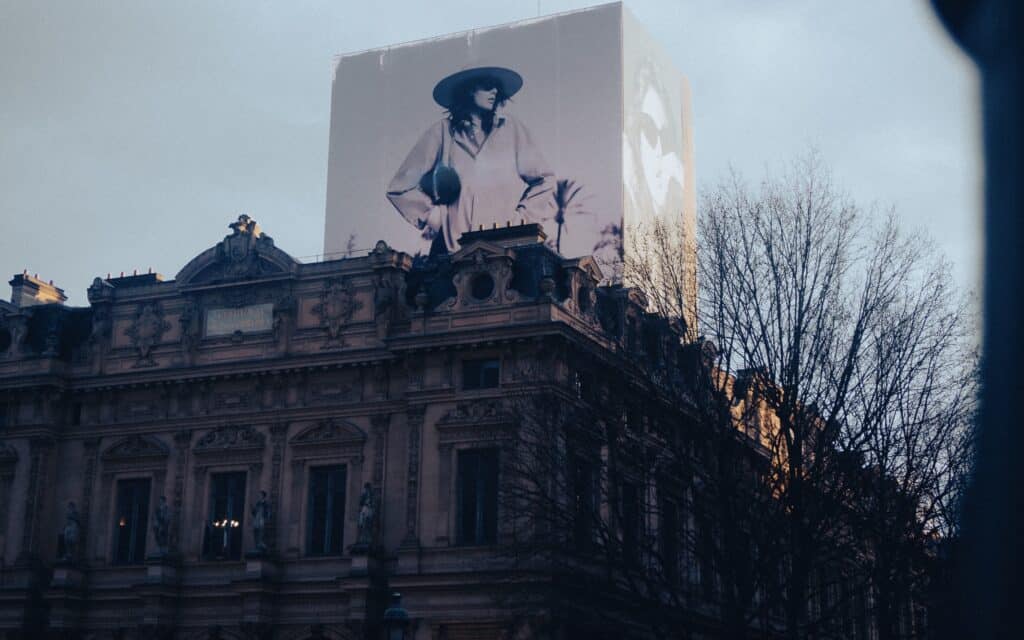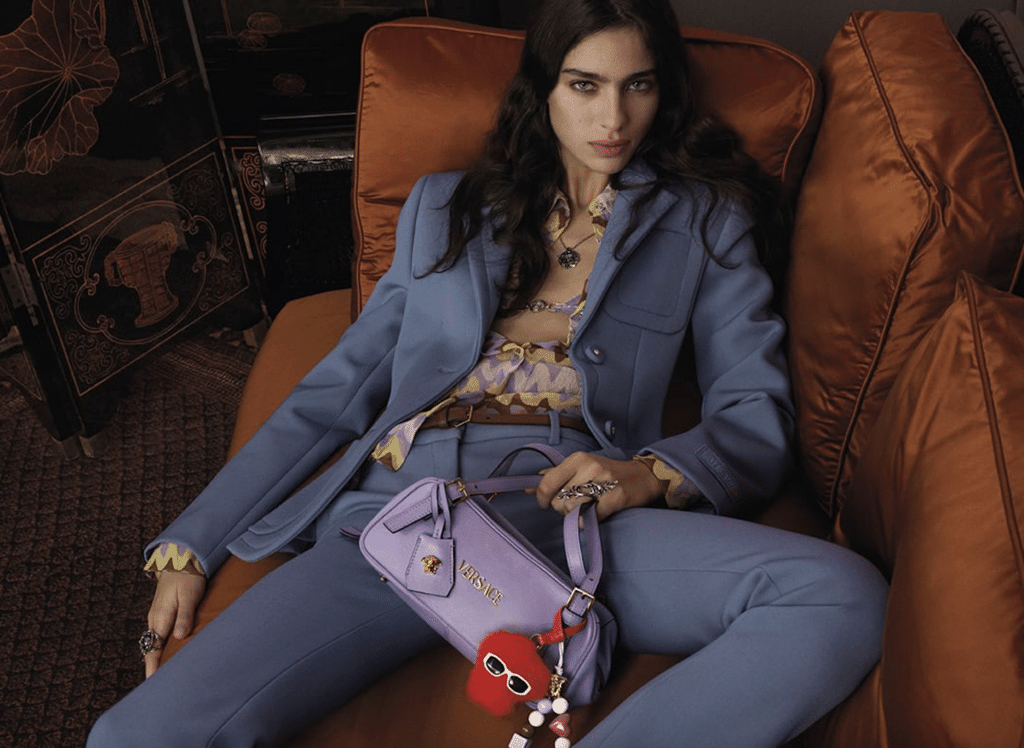On the heels of entering into administration just last month, citing a dearth of sales amid the ongoing COVID-19 pandemic, Roland Mouret has been acquired by Self-Portrait founder Han Chong’s newly-created vehicle, SP Collection. French-born, London-based Mr. Mouret, who is known for creating the iconic nip-tuck Galaxy dress in 2005, and garnering fans that range from Victoria Beckham and Demi Moore to Kate Middleton and Meghan Markle, is readily looking ahead as he is slated to show his Resort 2023 collection in June 2022, in what will be his first showing under the new ownership arrangement.
Meanwhile, having established Self-Portrait in 2013 and winning over no shortage of famous clients for his own elegant and functional womenswear in the process, Mr. Chong has quietly been readying for his next move, as well. One of the earliest signs of a clear evolution came almost a month ago when – according to a November 30 Hong Kong company register entry – Chong renamed his corporate entity from Self-Portrait Holdings Ltd. to SP Collection Ltd. The name-change and subsequent acquisition of the intellectual property and other assets of Mouret’s company, RM 19 Ltd., seems to be a clear indication that Chong has set his sights on creating a larger luxury group; the deal also gives Mouret a much-needed lifeline after the company has delivered a lackluster performance in light of the onset and continued impact of COVID-19.
In a press release on Monday announcing the deal, as first reported by BoF, Mr. Chong stated that he is “very honored to have the chance to take this luxury brand on the next stage of its journey,” asserting that “as part of SP Collection, Roland Mouret will benefit from the infrastructure and resources necessary to ensure it can flourish in the coming years.” Chong further added, “The Roland Mouret brand already has a powerful and respected legacy, and I’m excited to see how we can develop it for luxury customers around the world.”
It is worth noting that despite a relatively difficult year with a 23 percent decline in sales, 20 percent decline in profit, and the dissolution of Self Portrait US Inc., according to a September 2020 financial statement from Self-Portrait Ltd., the London-headquartered company’s operating profit remained more or less in line with 2019 numbers. At the same time, its cash equivalents and liquidity nearly doubled on year-over-year basis thanks to the inclusion of “more stringent cost controls across expenditures,” and additional emphasis placed on growing digital channels. Having additional liquidity and robust cash reserves will no doubt serve the burgeoning luxury group well, especially if it is, in fact, looking to engage in further acquisitions.
In a year that has seen Sergio Rossi acquired by the newly rebranded Lanvin Group; Jil Sander bought up by Renzo Rosso’s luxury group, OTB, which also owns the likes of Diesel, Marni, and Maison Margiela; and the Ferrari-owner, Exor N.V., take a 24 percent stake in Christian Louboutin, among many other deals, the industry is in the midst of an enduring sweep of consolidations – driven in large part by the impact of the pandemic, particularly on independently-owned businesses. But while the effects of the pandemic have enabled some of the industry’s biggest players to snap up stakes in others’ brands, building out a new luxury group in the current climate is not without its own challenges.
Britain’s exit from the European Union, for instance, has complicated things for companies operating on both sides of the French channel, especially due to increased costs from newly imposed tariffs and from supply-chain risks. More changes are also coming into effect on the customs front as of January 1, which means that on top of existing Brexit-prompted trade conditions and the existing supply-chain problems that brands have endured in recent months, “they will now face the double whammy of full customs controls for the first time.” These realities, among others, make it incredibly difficult to successfully establish a globally-reaching fashion brand, let alone a robust fashion group in an industry that is dominated by a small number of fashion conglomerates with substantial financial muscle.
Even with such challenges in mind, it is worth pondering what SP Collection’s portfolio might come to look like; what type and size of luxury brands it might opt to focus on; and whether it will widen its territorial scope, including by seizing the opportunity to gain a stronger foothold in Asia.
Looking at the type of profile that Self-Portrait represents, the addition of Roland Mouret to its roster makes sense; the brand adds a genuine luxury offering to its portfolio that complements Self-Portrait’s own range that retails at attractive price points. Taken together, the combination of Self-Portrait and Roland Mouret seems to suggest that SP Collection would likely aim to amass a mixture of small to medium-sized brands combining both luxury and more mid-market price points.
Beyond that, the idea that SP Collection might look gain a strong foothold in Asia – and beyond – makes sense given Self-Portrait’s existing network of stand-alone stores in Bangkok, Beijing, Shanghai, Chengdu, Shenzhen, and Taipei. At the same time, London-based Self-Portrait has taken measures to curb tariffs and foreign exchange risk by setting up a warehouse in Belgium to order to better serve its European customers in the wake of Brexit.
As for the ultimate outcome here, SP Collection will inevitably face tough competition from larger fashion groups that are consistently on the lookout to strengthen their holdings and their bottom lines. The potential targets for acquisition in the fashion/luxury space are relatively scant at the moment and with the pandemic looking to drag on with the latest Omicron-variant, it is unlikely that Q4 results will be particularly cheerful across retail going into 2022, especially with countries across Europe introducing varied degrees of lockdowns again. As SP Collection – tent-poled by its marquee Self-Portrait label – seems to be looking to build out a group of its own, it will neatly straddle two of the current market realities of the moment: acquiring others or being the target of bigger fish. The growing SP Collection may well prove to be an attractive target in terms of the latter.














